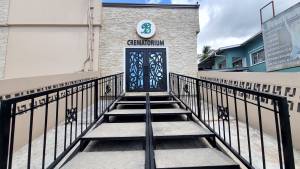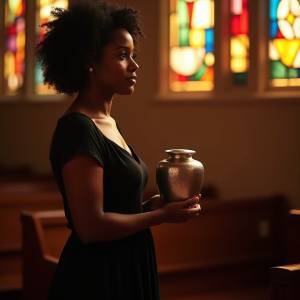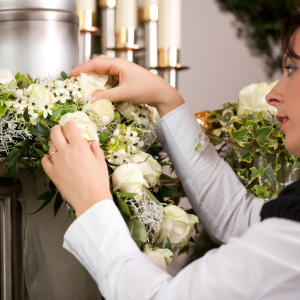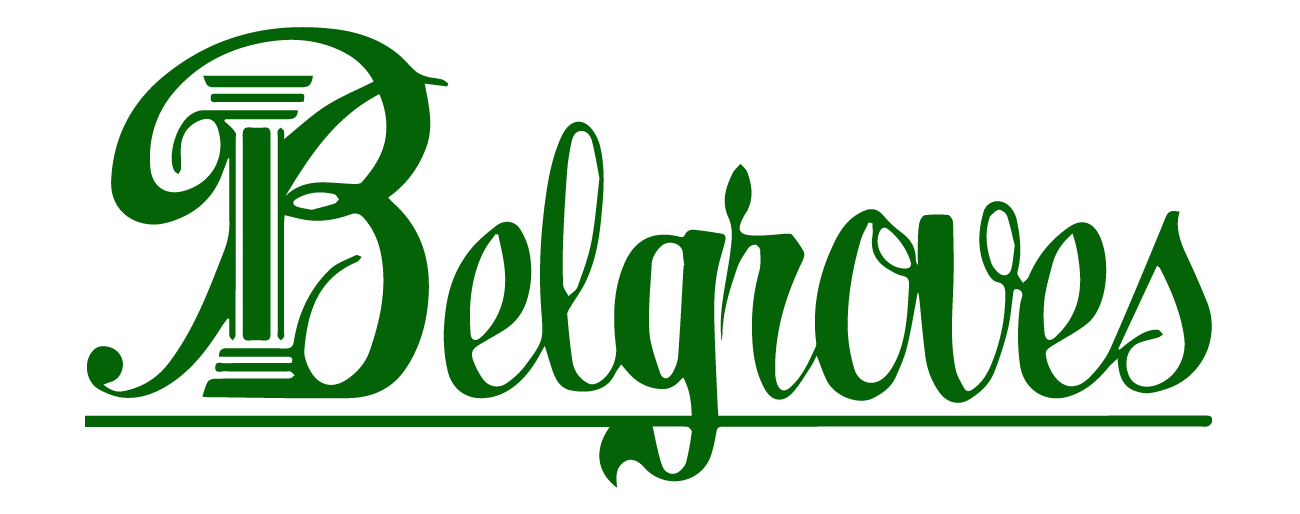


Cremation Services at Belgroves Funeral Home: Compassionate, Professional, and Convenient
At Belgroves Funeral Home, we understand the personal nature of choosing cremation. As the leading funeral solutions providers in Trinidad and Tobago, we offer a range of cremation services designed to meet your needs. With four modern crematoriums, including our newest in Tobago, we provide reliable, respectful, and environmentally responsible cremation options.
Why Choose Belgroves for Cremation Services?
Choosing cremation is a significant decision. We, at Belgroves Funeral Home, ensure the process is clear, respectful, and tailored to your family’s needs. Our four crematoriums are fully licensed, well-equipped, and maintained to provide high-quality service. Whether you are in Port of Spain, Trincity, San Fernando, or Tobago, we guarantee the same level of care and professionalism.




Our Modern Crematoriums
We operate four state-of-the-art crematoriums strategically located across Trinidad and Tobago, including facilities in Port-of-Spain, Trincity, San Fernando and Tobago. This wide coverage allows us to offer cremation services in both urban and rural areas, ensuring that families across the country have access to high-quality compassionate care.
With Belgroves, we are committed to providing the best possible experience. Our crematoriums are equipped with the latest cremation technology, ensuring efficiency, precision, and environmental sustainability. With the advanced equipment in place, we reduce the carbon footprint while delivering a respectful and dignified service.
Our certified staff is highly trained and follows strict protocols to guarantee that every cremation is handled with the utmost care and respect. Whether you choose to have a simple, direct cremation or a more personalized service, Belgroves ensures a seamless, professional experience, giving you peace of mind during a challenging time.
Comprehensive Cremation Options

- Direct Cremation– This is the simplest and most cost-effective cremation option, focusing solely on the cremation process. Direct Cremation does not include a formal memorial service or viewing, allowing you to bypass some traditional funeral rituals. It is often chosen by those who wish to honor their loved one privately or who plan to hold a memorial at a later time. With this option, the cremation takes place shortly after the necessary paperwork and permissions are completed. It’s a straightforward, respectful service that offers flexibility for families looking to make other arrangements later.
- Cremation with Memorial Service– For families seeking a more personalized experience, Cremation with Memorial Service offers the opportunity to hold a ceremony before or after the cremation. This option allows you to create a meaningful celebration of life with speeches, music, prayers, and personal tributes. Whether you prefer an intimate gathering or a larger memorial service, we can assist in coordinating the details to ensure that the service reflects your loved one’s life and values. It is an ideal choice for families looking to combine the simplicity of cremation with the tradition and comfort of a service that brings family and friends together.
- Pre-planned Cremation– A Pre-planned Cremation service allows individuals to arrange their cremation ahead of time, offering both peace of mind and financial security for their loved ones. By choosing this option, you can ensure that your personal preferences are known and respected, relieving your family from the burden of decision-making during a difficult time. Pre-planning also allows you to lock in current prices, eliminating future price increases. Whether you wish for a direct cremation or a memorial service, pre-planning gives you control and provides your family with the reassurance that everything is taken care of.
A Cremation Process that’s Simple and Customized to Your Needs

We are dedicated to ensuring that the cremation process is handled with the highest level of care and dignity. Our goal is to provide a seamless experience for you and your family, with every step carried out with respect and professionalism.
Consultation: You will meet with one of our experienced Client Experience Coordinators who will guide you through the options available, ensuring that your choices align with your spiritual preferences and needs.
Cremation Authorization: We handle all necessary paperwork and legal requirements, giving you peace of mind that everything is in order before proceeding.
Cremation Process: Your loved one will be cared for in a controlled and respectful environment, ensuring that the entire cremation process is carried out with the utmost dignity. Our state-of-the-art facilities are designed for efficiency and environmental responsibility.
Final Resting Place: After the cremation, you have a range of options for preserving your loved one’s memory. Choose from our selection of beautiful urns, mirrored wall niches, granite cremation wall niche, or opt for a personalized memorial. Whether you wish to keep the ashes close, scatter them in a meaningful place, or create a lasting tribute, we are here to help you make a choice that feels right, ensuring attention to details every step of the way.
Each step is taken with great care, and our team is here to ensure that your experience is as smooth, respectful, and comforting as possible.
We offer cremation services that honor the diverse beliefs and traditions of all faiths and backgrounds. Whether you prefer a direct cremation or a memorial service, we have flexible options to suit your wishes. Our goal is to make this process as simple and respectful as possible.
Frequently Asked Questions
This is a final disposition process through the burning of a deceased person. Cremation reduces the body to its basic elements and occurs in a specially designed furnace called a cremation chamber or retort.
Yes, cremation is generally more affordable than traditional burial, especially without the need for a casket or burial plot.
You must complete 6 forms by the applicant, attending Doctor, and Police (this may vary depending on the cause of death) as detailed below:
Form A: must be completed by the applicant or family member.
Form B: must be completed by the Divisional Police Headquarters in the district/area within which the person resided (the Police may use their own ‘B’ form if they so desire). Form B is the last form to be completed once all the others have been finalised.
Form C: must be completed by the Physician issuing the Medical Cause of Death Certificate.
- Addendum to Form C: This form must be completed by a second Medical Doctor, especially in the instance where a Post-Mortem was not done.
Form E: must be signed by the Pathologist who carried out the post-mortem, in the instance, one was done.
Form D: also called the Compliance Form, is completed by the Police Officer attending the cremation, whether in a crematorium or traditional site. This form is needed in the instance you are desirous of burying the cremains of your loved one after the cremation.
Once these forms are completed, the applicant must copy all forms inclusive of Form B (which has not yet been completed)??. The applicant now has the original documents and a copy of the same in their possession. Additionally, the applicant must have in their possession his / her I.D., the deceased’s I.D., and one (1) copy of the Electronic (polymer) Death Certificate received from the Registrar of Births and Deaths District Office. The applicant then goes to the Police divisional headquarters in the district where the person lived and applies for the permit to cremate.
Embalming is not required by law in Trinidad and Tobago. Embalming is a matter of sanitation and aids in the final presentation of the deceased (Honouree). Nevertheless, in cases of a deceased person’s body leaving or arriving in a country (repatriation & expatriation), embalming is required.
This is not practiced. For safety purposes, doors and blinds remain closed. Requests to witness the actual cremation can be discussed during the planning process.
Once the cremation has taken place, the cremated remains are removed and left to cool before being placed in an urn. The urn clearly identifies the remains of your loved one. This process usually takes 3 working days, however, for ritualistic purposes, cremains can be requested earlier.
Yes. The identity of your loved one is checked by the Crematorium Attendant and Supervisor before being placed in the retort. The retort can only hold 1 coffin/casket at a time with rules that must be followed. This reduces the potential for error and ensures you receive the remains of your loved one.
- Only the applicant on Form B is authorised to collect the cremated remains.
- A valid identification will be needed to collect the cremated remains.
- Hours of collection are between 9:00 a.m. to 3:00 p.m.
- An authorisation letter can be done to allow another family member to collect the cremated remains. However, they must walk with a copy of the applicant’s identification card as well as their own.
The Belgroves Funeral Home Company Limited has distinct options available to you which include:
- Our Well of Remembrance where you can visit your loved one at any time. The fee for this would be explained by your Event Planner
- Pillar Urns, wall niches, or inurnment in our columbarium, can be purchased for interring the cremated remains of your loved one
- Keeping your loved one at home in an ornate urn that can be purchased or a clay urn that you will receive at no cost
- Scattering at sea, which our team can arrange for you
- Burying in an existing family grave or you can purchase one of the family crypts
- International Shipping of an Urn

